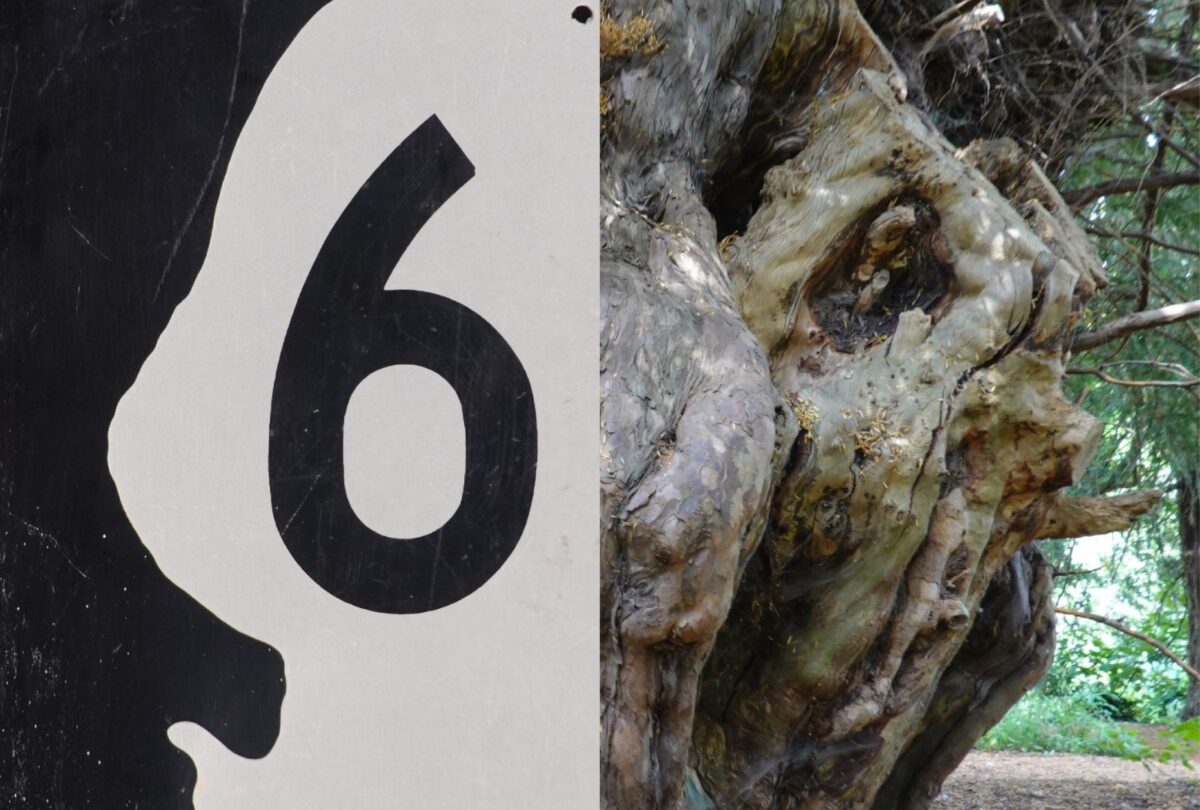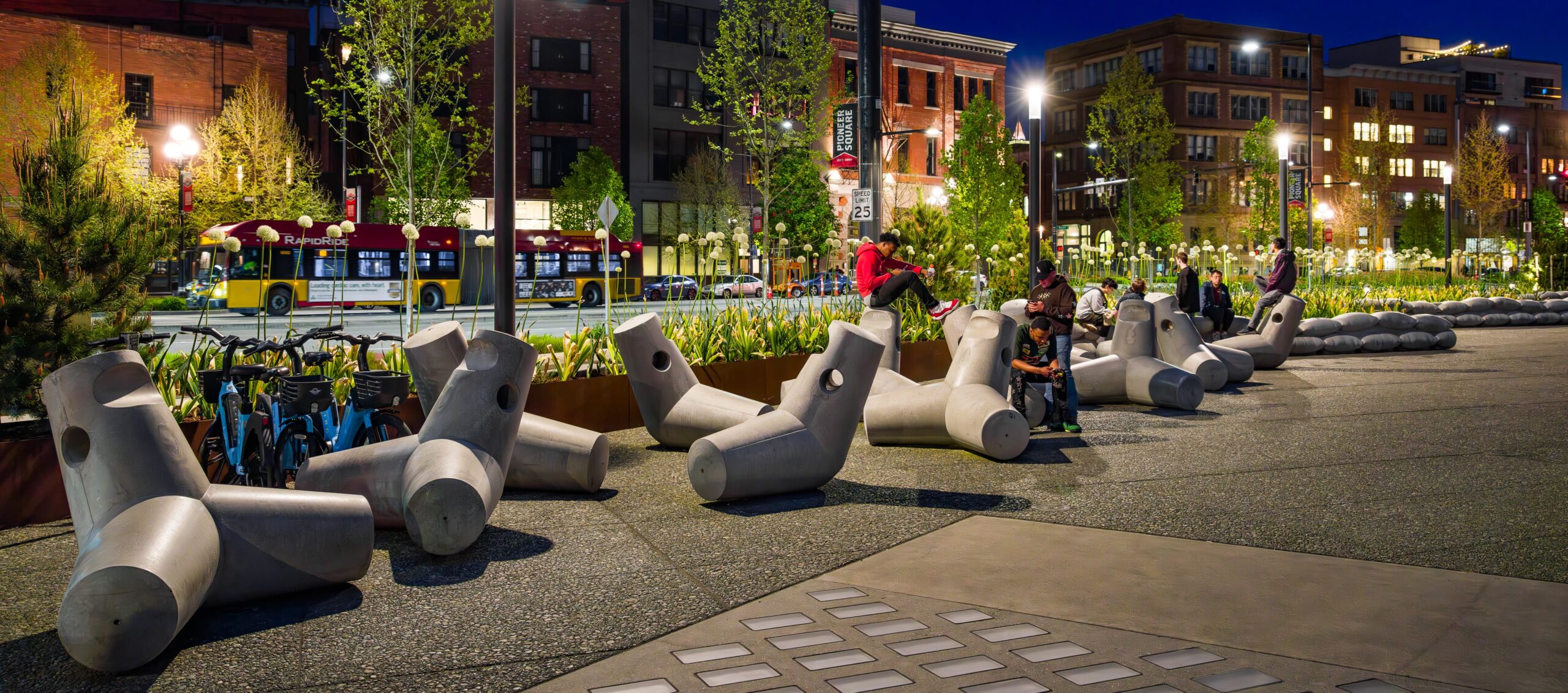Posted on September 30, 2025
Post categories: News

The College of Built Environments (CBE) is proud to host an exhibition featuring the work of renowned artist Buster Simpson, free and open to the public from October 13 to November 14 in Gould Gallery.
Active since the late 1960s, Simpson is known for blending aesthetics, activism and humor to address pressing ecological and social issues. His practice spans site-specific sculpture, infrastructure planning, museum installations and community interventions.
Across his work, Simpson uses art to raise questions of conscience and sustainability, often through deceptively simple forms he describes as “poetic utility.” For roughly 20 years, Simpson has been inspired to engage democratic dialogue through art through a variety of media.
“Art works can express substantive benefits as a creative force,” Simpson says. “Current global ecological and social disruptions call for an ethic of conscience.”
The Gould Gallery exhibition features a selection of projects with timelines that vary from long-term proposals to immediate interventions—some completed, some speculative. Some works emerge from the city as studio, while others take shape in more formal settings. Each reflects a commitment to creative civic engagement.
At the center of the exhibition is a large round table, milled from a Washington Elm salvaged from the UW Seattle campus. Each plank of the table is book-matched, representing individual people coming together to form a collective whole. The tree itself descends from an elm that stood witness to the beginning of the revolution, where George Washington gathered his troops at Cambridge Commons a year prior to the signing of the Declaration of Independence. Surrounding the table are 12 interlocking stools, crafted from salvaged wood and designed to seamlessly link—symbolizing individual interconnectedness. The installation invites reflection on democracy, collaboration, and public space.
The exhibition also references an Ankerwycke Yew tree, better known as the Magna Carta Yew. This tree—which is believed to be over 3,000 years old—stood near the signing of the Magna Carta in Runnymede in 1215, making it a living witness to this pivotal moment. Simpson has clones of the saplings, or scions, from this historic tree that he hopes to plant next to the U.S. Supreme Court and potentially adjacent to the UW Law School.
In conjunction with the show, the college will host a series of gatherings around the table, encouraging dialogue across disciplines. Simpson will also host a “Chalk Talk” session open to UW students, where he will provide commentary on his approach to agit-prop and democratic art-making.
“As an artist practitioner in this moment, I am combining aesthetics with collaborative constructs,” Simpson says, “the meddler with the mender, mitigation as purge, an artful agit-prop with satire and humor.”
Beyond the gallery, Simpson’s public work continues to grow. Recent projects include Rising Waters, a climate resilience confab hosted by the Robert Rauschenberg Foundation, and Migration Stage, a major waterfront commission in Seattle. Composed of 14 Anthropomorphic Dolosse and 15 SeaBearer units, Migration Stage acknowledges climate change’s impact on global shorelines and invites collaboration through adaptive design. Simpson describes it as “a storytelling opera, a Salish Sea dance of resilience, agility, and equity.”

Simpson received his MFA from the University of Michigan in 1969, where he was later honored with the Distinguished Alumni Award in Architecture and Design. His accolades include NEA fellowships, the Americans for the Arts Public Art Award, and recognition as an honorary member of AIA Seattle. He has exhibited at institutions including the Frye Art Museum, Seattle Art Museum, Hirshhorn Museum, MoMA PS1, and The New Museum, and his public artworks appear in cities across North America.
The exhibition is free and open to the public.